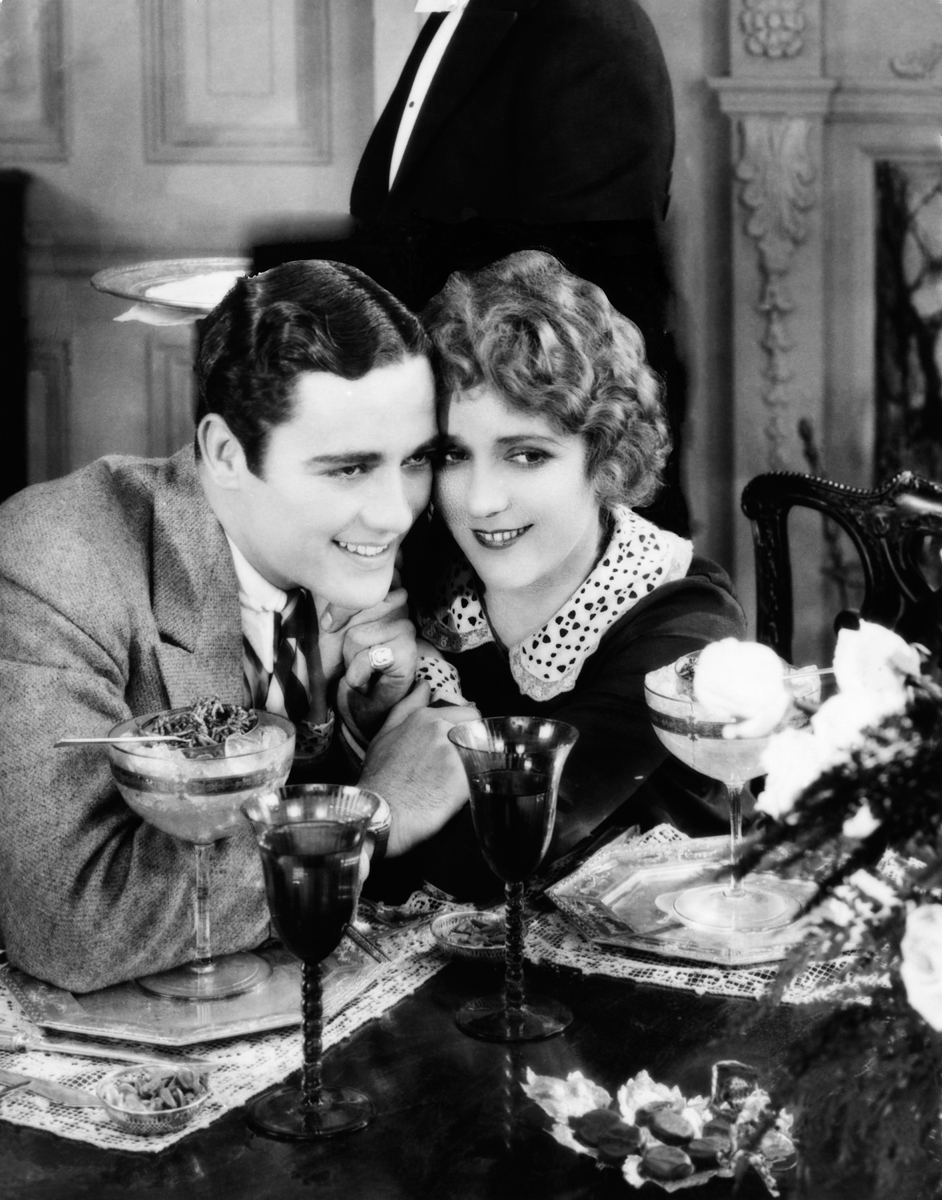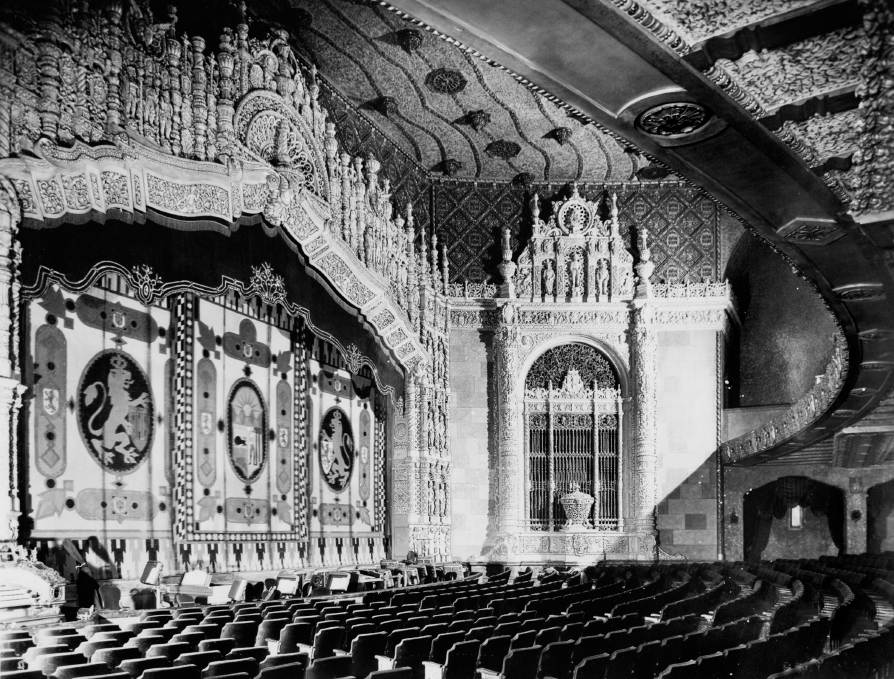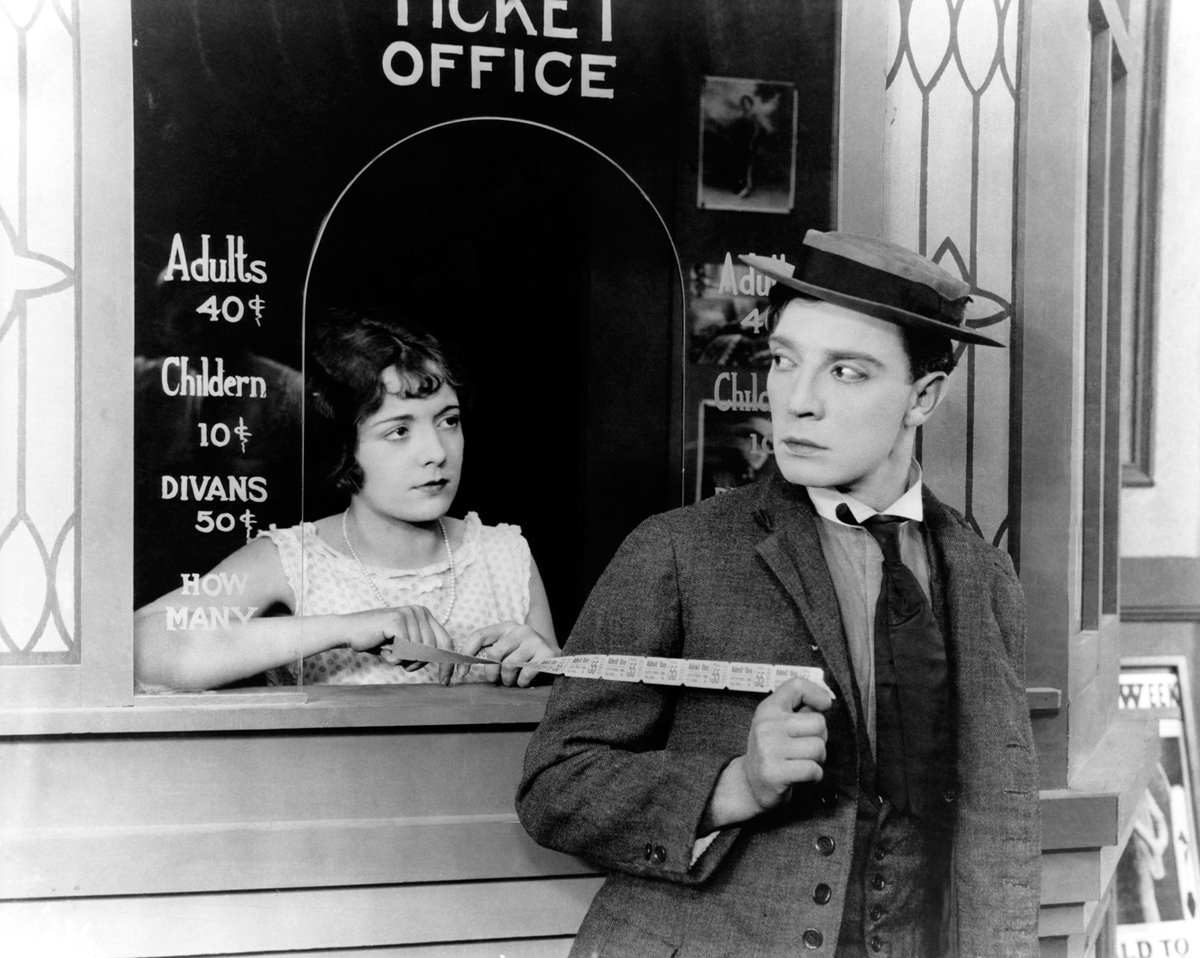The Rise of the Hollywood Studio System
By the 1910s, movies had become a major industry. Among the first to try his hand at dominating the movie business and reaping its profits, Thomas Edison formed the Motion Picture Patents Company, known as the Trust, in 1908. A cartel of major U.S. and French film producers, the company pooled patents in an effort to control film’s major technology, acquired most major film distributorships, and signed an exclusive deal with George Eastman, who agreed to supply movie film only to Trust-
However, some independent producers refused to bow to the Trust’s terms. They saw too much demand for films, too much money to be made, and too many ways to avoid the Trust’s scrutiny. Some producers began to relocate from the centers of film production in New York and New Jersey to Cuba and Florida. Ultimately, though, Hollywood became the film capital of the world. Southern California offered cheap labor, diverse scenery for outdoor shooting, and a mild climate suitable for year-
Wanting to free their movie operations from the Trust’s tyrannical grasp, two Hungarian immigrants—
Ironically, entrepreneurs like Zukor developed other tactics for controlling the industry. The strategies, many of which are still used today, were more ambitious than just monopolizing patents and technology. They aimed at dominating the movie business at all three essential levels—
Production

MARY PICKFORD
With legions of fans, Mary Pickford became the first woman ever to make a salary of $1 million in a year and gained the freedom to take artistic risks with her roles. (She would famously tell Adolph Zukor in 1915, “No, I really cannot afford to work for only $10,000 a week.”) In 1919 she launched United Artists, a film distributing company, with Douglas Fairbanks, Charlie Chaplin, and D. W. Griffith. No woman since has been as powerful a player in the movie industry. Here she is seen with Buddy Rogers in My Best Girl. Everett Collection
In the early days of film, producers and distributors had not yet recognized that fans would seek not only particular film stories—
Responding to discerning audiences and competing against Edison’s Trust, Adolph Zukor hired a number of popular actors and formed the Famous Players Company in 1912. His idea was to control movie production not through patents but through exclusive contracts with actors. One Famous Players performer was Mary Pickford. Known as “America’s Sweetheart” for her portrayal of spunky and innocent heroines, Pickford was “unspoiled” by a theater background and better suited to the more subtle and intimate new medium. She became so popular that audiences waited in line to see her movies, and producers were forced to pay her increasingly higher salaries.
An astute businesswoman, Mary Pickford was the key figure in elevating the financial status and professional role of film actors. In 1910, Pickford made about $100 a week, but by 1914 she earned $1,000 a week, and by 1917 she received a weekly salary of $15,000. Having appeared in nearly two hundred films, Pickford was so influential that in 1919 she broke from Zukor to form her own company, United Artists. Joining her were actor Douglas Fairbanks (her future husband), comedian-
Although United Artists represented a brief triumph of autonomy for a few powerful actors, by the 1920s the studio system firmly controlled creative talent in the industry. Pioneered by director Thomas Ince and his company, Triangle, the studio system constituted a sort of assembly-
Distribution
An early effort to control movie distribution occurred around 1904, when movie companies provided vaudeville theaters with films and projectors on a film exchange system. In exchange for their short films, shown between live acts, movie producers received a small percentage of the vaudeville ticket-
However, as with the production of film, independent film companies looked for distribution strategies outside of the Trust. Again, Adolph Zukor led the fight, developing block booking distribution. Under this system, to gain access to popular films with big stars like Mary Pickford, exhibitors had to agree to rent new or marginal films with no stars. Zukor would pressure theater operators into taking a hundred movies at a time to get the few Pickford titles they wanted. Such contracts enabled the new studios to test-
Another distribution strategy involved the marketing of American films in Europe. When World War I disrupted the once-
Exhibition
Edison’s Trust attempted to monopolize exhibition by controlling the flow of films to theater owners. If theaters wanted to ensure they had films to show their patrons, they had to purchase a license from the Trust and pay whatever price it asked. Otherwise, they were locked out of the Trust and had to try to find enough films from independent producers to show. Eventually, the flow of films from independents in Hollywood and foreign films enabled theater owners to resist the Trust’s scheme.

MOVIE PALACES
Many movie palaces of the 1920s were elaborate, opulent buildings. The one pictured here includes space for a live band at the front of the theater, to provide music and sound effects for the movie. Everett Collection
After the collapse of the Trust, emerging studios in Hollywood had their own ideas on how to control exhibition. When industrious theater owners began forming film cooperatives to compete with block-
Zukor and the heads of several major studios understood that they did not have to own all the theaters to ensure that their movies would be shown. Instead, the major studios (which would eventually include MGM, RKO, Warner Brothers, Twentieth Century Fox, and Paramount) only needed to own the first-

BUSTER KEATON (1895–
Born into a vaudeville family, Keaton honed his comic skills early on. He got his start acting in a few shorts in 1917 and went on to star in some of the most memorable silent films of the 1920s, including classics such as Sherlock Jr. (1924), The General (1927), and Steamboat Bill Jr. (1928). Because of Keaton’s ability to match physical comedy with an unfailingly deadpan and stoic face, he gained the nickname the Great Stone Face. Everett Collection
The studios quickly realized that to earn revenue from these first-
Another major innovation in exhibition was the development of mid-
By the late 1920s, the major studios had clearly established vertical integration in the industry. What had once been a fairly easy and cheap business to enter was now complex and expensive. What had been many small competitive firms in the early 1900s was now a few powerful studios, including the Big Five—Paramount, MGM, Warner Brothers, Twentieth Century Fox, and RKO—